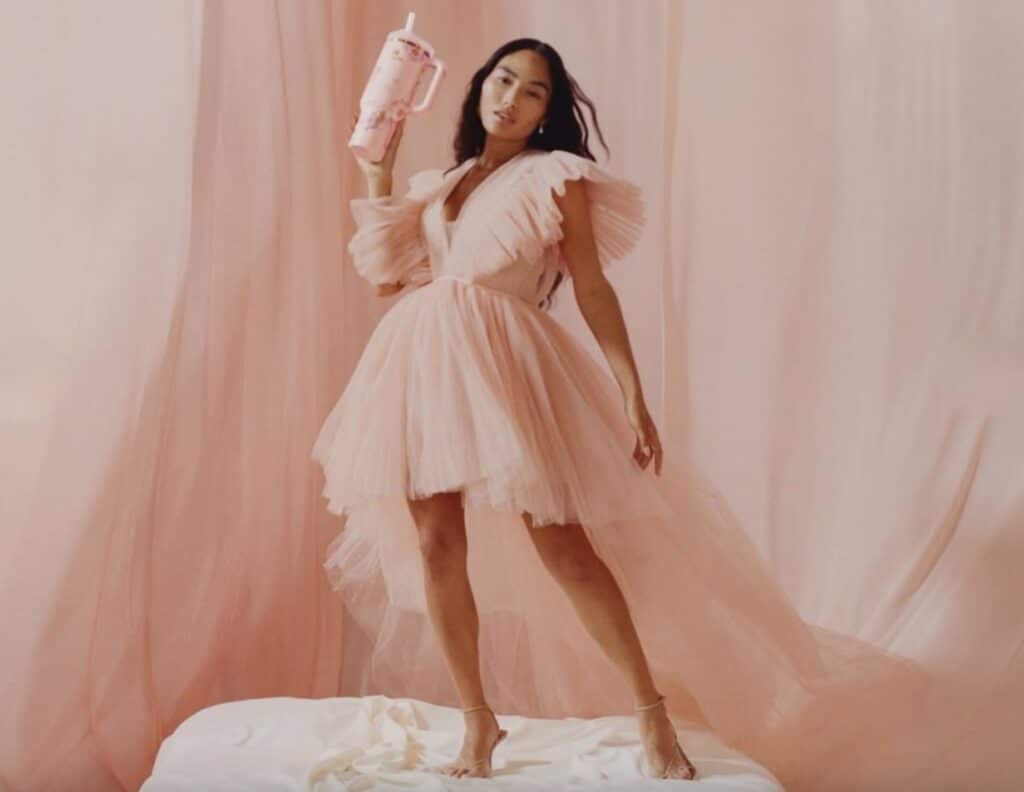Posting your photos on Instagram? You are giving up some rights – to Instagram, of course, and seemingly also to others – in doing so. That is the point that a New York federal court drove home in a decision on Monday, holding that Mashable did not run afoul of federal copyright law by embedding the work of a professional photographer into one of its articles even after that very photographer refused the terms of the $50 licensing agreement that the publication had offered her.
In an interesting new decision dated April 13, Judge Kimba Wood of the U.S. District Court for the Southern District of New York dismissed the lawsuit that Stephanie Sinclair – a professional photographer whose striking work has been contracted by the New York Times and Time Magazine, among other titles – filed against Mashable in January 2018, in which she accused the New York-based digital media publisher of infringing her exclusive rights in a photo that she took, entitled, “Child, Bride, Mother/Child Marriage in Guatemala.”
According to Sinclair’s complaint, a Mashable employee contacted her via email in March 2016 to license the photo at issue “for use in an article about female photographers [that was going] to be published on Mashable’s website” in exchange for $50. Sinclair asserted that despite the fact that she “did not accept Mashable’s offer,” later that month, the site published the aforementioned article and embedded her photo into it by way of her “public” Instagram account.
As a result of “a technical process called ‘embedding,’” which Mashable used to incorporate Sinclair’s photograph into the article via her public-facing Instagram account (where she had previously posted the photo), the court states that Mashable’s readers could “see the embedded content on [its] website, even though the content is actually hosted on a third-party’s server, rather than on the server that hosts the website.” In this case, that third-party is Instagram, which was not named as a defendant in the lawsuit.
When Mashable refused to remove the photo from the article in January 2018 or to compensate her for such use, Sinclair filed suit.
Instead of quietly settling the case out of court, Mashable argued that Sinclair’s case lacked merit because it had “a valid sublicense from Instagram” for Sinclair’s photo, meaning that “its use of the photograph does not infringe [Sinclair’s] copyright.” To be exact, Mashable argued that while it did not license the photo from or otherwise receive permission from Sinclair to use the image, it did not need her authorization (or a license from her) to embed the photo. Why? Because she already granted a license to Instagram to use the photo and to sublicense the photo to others, such as Mashable, simply by agreeing to Instagram’s Terms and its Privacy Policy when she downloaded and began using the app.
In its decision this week, the court agreed with Mashable, and dismissed Sinclair’s case in its entirety.
As Judge Wood states in her decision, “By creating an Instagram account, [Sinclair] agreed to Instagram’s Terms of Use,” in furtherance of which each Instagram user “grant[s] to Instagram a non-exclusive, fully paid and royalty-free, transferable, sub-licensable, worldwide license to the content that [he/she] post on or through [Instagram].” This means that “all content that users upload and designate as ‘public’ is searchable by the public and subject to use by others via Instagram’s API,” which “enables its users to embed publicly-posted content in their websites.”
“Thus, because [Sinclair] uploaded the photograph to Instagram and designated it as ‘public,’ she agreed to allow Mashable, as Instagram’s sublicensee, to embed the photograph in its website” (with or without her authorization and with or without a license), Judge Wood asserts.
In the course of the litigation, Sinclair advanced “a number of objections to this interpretation of her agreements with Instagram, but none is persuasive,” according to the court, which states that “Mashable was within its rights to seek a sublicense from Instagram when [it] failed to obtain a license directly from [Sinclair] — just as Mashable would be within its rights to again seek a license from [Sinclair], perhaps at a higher price, if [Sinclair] switched her Instagram account to ‘private’ mode.”
For example, Sinclair argued that in joining Instagram and agreeing to its terms, she entered into an agreement with Instagram, not Mashable, and thus, the agreement “cannot confer a right to use the photograph upon Mashable” because it was not a party to that agreement. Unfortunately for Sinclair, the court did not find that argument to be persuasive, stating that “Mashable need not be an intended beneficiary of the agreements,” as Sinclair had already “authorized Instagram to sublicense the photograph.” (“Whether Mashable is an intended beneficiary would only matter if Mashable were attempting to enforce one of the agreements [entered into] between Instagram and [Sinclair], which Mashable is not,” the court notes).
Sinclair goes on to argue that even if she did authorize Instagram to sublicense the use of the photograph, that grant “is invalid because it was created by a series of complex, interconnected documents,” and “the agreements [she entered into with Instagram] do not convey a valid sublicense because they are ‘circular,’ ‘incomprehensible,’ and ‘contradictory.’” Again, the court sided with Mashable, holding that “while Instagram could certainly make its user agreements more concise and accessible, the law does not require it to do so,” and also holding that Sinclair failed to identify “any inconsistent (let alone unenforceable) terms in Instagram’s agreement.”
Finally, Sinclair claimed that “it is unfair for Instagram to force a professional photographer like [herself] to choose between ‘remain[ing] in ‘private mode’ on one of the most popular public photo sharing platforms in the world,’ and granting Instagram a right to sub-license her photographs to users like Mashable.” The court seems to understand Sinclair’s frustration here, holding that “unquestionably, Instagram’s dominance of photograph- and video-sharing social media, coupled with the expansive transfer of rights that Instagram demands from its users, means that [Sinclair’s] dilemma is a real one.”
Nonetheless, Judge Wood asserts that “by posting the photograph to her public Instagram account, [Sinclair] made her choice, [and] this Court cannot release her from the agreement she made.” As such, the court tossed out the case in favor of Mashable.
Interestingly, the decision comes is hardly the first to take on the copyright implications of photo embedding. In fact, it comes as a string of cases centering on the legality of (or potential lack thereof) embedding others’ social media posts that contain copyright-protected images has been making the rounds in federal court.
Judge Wood’s decision stands in stark contrast to a highly-contested decision from Judge Katherine Forrest – also of the U.S. District Court for the Southern District of New York – in early 2018, in which she determined that a handful of media companies, including Vox, Time, Yahoo, and Breitbart, among others, infringed a copyright-protected image that Eric Goldman took of Tom Brady out in East Hampton, New York by embedding third-party tweets that contained the image into articles on their websites.
Goldman’s case ultimately settled out of court, but it has been followed up by additional cases that focus on embedded photos, including a since-settled case over a paparazzi photo of Justin Bieber, and a more recently-filed suit over the same photo of Tom Brady that prompted the Goldman v. Breitbart proceeding.
While the court makes a brief mention of Judge Forrest’s finding in the Goldman case (stating that “because the Court finds that Instagram granted Mashable a valid license to display the photograph, [the court] need not reach the question, addressed in Goldman but unsettled in this Circuit, of whether embedding an image constitutes “display” that is capable of infringing a copyright in the image”), it, nevertheless, takes a markedly stance.
In “deciding to veer in a totally different direction” as Judge Forrest pre-existing decision as to the legality of photo-embedding, as THR’s Eriq Garner put it, Judge Wood has “lit potential fireworks.”
UPDATED (February 9, 2021): In a February 9 order of dismissal, Judge Wood stated that the court “has been advised that the parties have reached a settlement in principle.” As such, the action is “hereby dismissed and discontinued without costs.”
*The case is Stephanie Sinclair v. Ziff Davis, LLC, and Mashable, Inc., 1:18-cv-00790 (SDNY).











